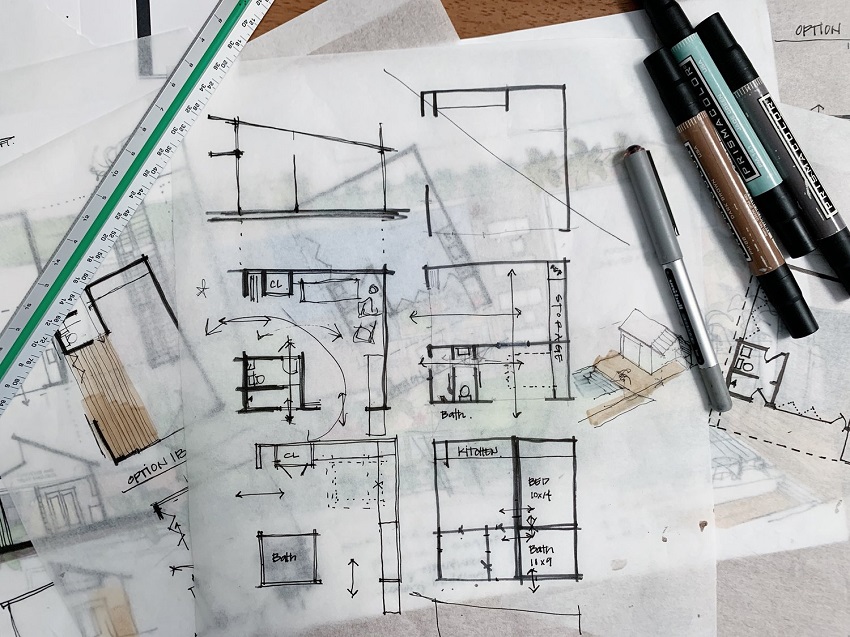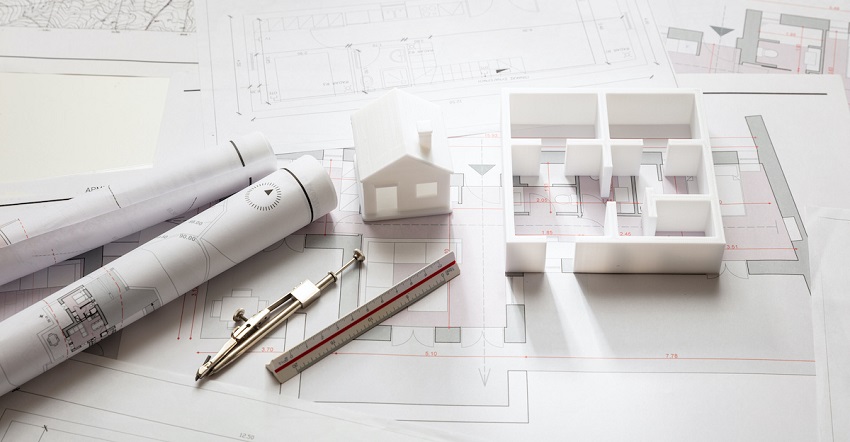Are you considering designing your dream home or embarking on a new construction project? The process might seem daunting, but fear not! In this comprehensive guide, we’ll walk you through the steps to create a building plan that aligns with your vision. From brainstorming ideas to finalizing blueprints, we’ve got you covered. Let’s dive in and explore the exciting world of architectural design. This content is presented by Healthyhouseplans.com.
Unleashing Your Creative Vision
Designing a building plan is like embarking on a journey of creativity and functionality. Whether you’re envisioning a cozy cottage or a sprawling mansion, the process begins with a spark of inspiration. As a copywriter who understands the importance of conveying ideas, you’re already ahead in the game. Now, let’s explore how you can turn those ideas into a tangible blueprint. Check out the small house decor ideas.
Research and Inspiration: Where Ideas Begin
Every masterpiece starts with research. Begin by collecting images, sketches, and even magazine clippings that resonate with your architectural preferences. Are you drawn to the elegance of Victorian houses, or do you prefer the clean lines of modern designs? Let your creativity run wild as you compile a mood board that captures your vision.
Defining Your Space: Sketching the Initial Layout
Grab a pencil and paper – it’s time to give shape to your ideas. Start with a rough sketch of the layout, considering the number of rooms, their sizes, and their relationship to one another. Think about the flow of movement and the functional zones you want to incorporate. This is the moment where your ideas start to take form.
Choosing Your Architectural Style: Traditional or Modern?
Architecture is a reflection of your personality and taste. Are you captivated by the timeless charm of traditional architecture, or do you lean towards the sleek and futuristic aesthetics of modern designs? Your chosen style will influence every aspect of your building plan, from the roofline to the windows.
Planning the Layout: Functionality and Flow
A well-designed building plan prioritizes functionality. Consider the daily activities that will take place within the space. How can you optimize the layout to ensure smooth movement? Whether it’s a kitchen designed for culinary creativity or a living room that encourages relaxation, think about the purpose of each room.
The Technical Details: Measurements and Scale
Now it’s time to get technical. Accurate measurements are crucial to ensure that your vision translates seamlessly into reality. Learn the basics of architectural measurements and scale. You don’t need to be a math expert – simple calculations will help you create a plan that’s proportionate and realistic.
Bringing Life to Your Plan: Doors, Windows, and More
Doors and windows are the portals through which your vision will come to life. Consider their placement carefully to maximize natural light and ventilation. Are you aiming for a panoramic view from your living room? Or perhaps a cozy window nook for reading? Your choices will shape the ambiance of your space.
Sustainability Matters: Integrating Eco-Friendly Elements
In an era of environmental consciousness, integrating sustainable features into your building plan is a smart move. Explore options for energy-efficient lighting, water-saving fixtures, and even solar panels. Your home can be both a sanctuary and a contributor to a greener world.
Seeking Professional Help: Collaborating with Architects
While your creativity fuels the process, collaborating with architects adds a layer of expertise. They can refine your ideas, offer practical insights, and ensure that your building plan adheres to structural and safety standards. Working together, you can transform your concept into a well-executed design.
Legalities and Regulations: Navigating Permits and Zoning
Before you break ground, it’s essential to navigate the legal landscape. Building codes, permits, and zoning regulations vary by location. Research local requirements to ensure that your plan aligns with legal guidelines. This step will save you time, money, and potential headaches down the road.
From Sketch to Blueprint: Finalizing Your Design
With all the pieces in place, it’s time to finalize your building plan. Transition from hand-drawn sketches to digital software that allows you to create detailed blueprints. The precision of digital tools ensures that every angle and dimension is accurately represented.
Getting Ready for Construction: Materials and Budgeting
As your vision becomes a reality, the choice of materials becomes crucial. Research different building materials, their durability, and their aesthetic appeal. Simultaneously, create a realistic budget that accounts for construction costs, materials, and unforeseen expenses.
DIY vs. Hiring Contractors: Pros and Cons
The next decision is whether to take a hands-on approach or hire contractors. DIY projects offer a sense of accomplishment, but they require time, skill, and dedication. Hiring professionals ensures expertise but comes with a financial investment. Consider your abilities and resources when making this choice.
Conclusion
Congratulations! You’ve navigated the intricate journey of creating a building plan. From ideation to blueprint, you’ve infused your unique personality into every corner of your design. Remember, this plan is more than lines on paper; it’s a testament to your creativity and aspirations.
Frequently Asked Questions (FAQs)
Can I design a building plan without any architectural background?
Absolutely! While architectural knowledge helps, numerous resources and software are available to guide beginners through the process.
What’s the role of an architect in creating a building plan?
Architects bring expertise in design, functionality, and structural integrity. They help refine your ideas and ensure they’re realized safely and beautifully.
How long does it take to create a building plan?
The timeline varies based on complexity, research, and collaboration. It can range from weeks to months.
What if my building plan doesn’t comply with local regulations?
It’s essential to align your plan with regulations. If issues arise, revisions will be needed to meet legal requirements.
Is it possible to make changes to the building plan during construction?
While minor adjustments can be made, significant changes during construction can be costly and disruptive. It’s best to finalize the plan beforehand.





